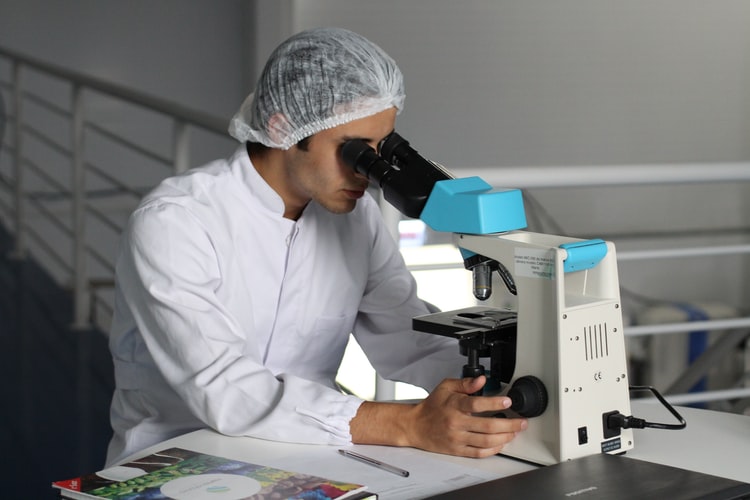What are the drug discovery and development processes? And how long would a drug approval take?
Read on learn about the process of drug approvals of the FDA.
Introduction
Developing a new drug can take 10-15 years. And it takes a long process before releasing it to a patient.
Moreover, it undergoes meticulous testing to pass the following standards:
- safety
- effectiveness
- correct dosage
- proper administration
There are so many pharmaceutical authorities worldwide. In this article, we will talk about the USA’s Food and Drug Administration or FDA.
Five Steps of Drug Discovery and Development Processes
There are five critical steps for the drug development process. These are:
- Discovery and Development
- Preclinical Research
- Clinical Research
- FDA Review
- FDA Post-market Safety Monitoring
Step 1: Discovery and Development
Discovery
Simply put, drug discovery is discovering new medications. It can come from traditional medicines or by chance. It also includes chemical libraries, such as:
- small molecules
- plant extracts
- natural products
Moreover, researchers can discover new drugs by studying the disease process. Then, they can make a product to stop the disease effects.
Also, they test molecular compounds. In that way, they can find benefits to fight diseases.
Besides, they also study the existing medications that have sudden effects on their patients. Or they change a genetic material of a molecule.
Development
On the other hand, drug development is conducting experiments. This step is important to know the best dosage of a drug. Also, they will find out the side effects of a drug.
Moreover, they can know how it affects different people. They use categories like gender, race, or age.
Also, they study how it interacts with other treatments. And lastly, they learn how it is different from other existing drugs.
Step 2: Preclinical Research
In this step, researches find out the toxicity of the drug. It is important so it will not have negative effects on people.
There are two types of preclinical research.
- In Vitro – it is testing in a tube.
- In Vivo – it is testing in a living organism.
Most cases, these studies are not very large. But, it contains information about dosing and toxicity.
Thus, they can decide if it is safe for testing in actual people.
Step 3: Clinical Research
Clinical research is testing on how the drug works in a human body. These trials are under the drug budget.
Also, it ensures that the drug works for its intended purpose. Then, they enroll many volunteers to find out the effectiveness of the drug.
This step has three phases:
- Phase 1 – it has 20-100 people diagnosed with the disease. It can last for several months.
- Phase 2 – it has several hundreds of people diagnosed. It can last for several months to two years.
- Phase 3 – it has 300-3,000 people who have the disease. It can last from one to four years.
- Phase 4 – it has several thousand people who have the disease.
Step 4: FDA Drug Review
After passing the three steps, they need to show evidence that it is safe and effective. Then, the company will apply to the FDA to market the drug.
This step has three phases:
- New drug application – tells everything about the preclinical data and trial data
- FDA review team – medical officers and other experts will review the NDA
- FDA approval – determines if the drug is safe or not
Step 5: FDA Post-Market Safety Monitoring
This last step is for monitoring the drug after it reached the market. It also helps solve the reports and real-world problems with the drug. Then, it can help put the correct label of the dosage and administration.


